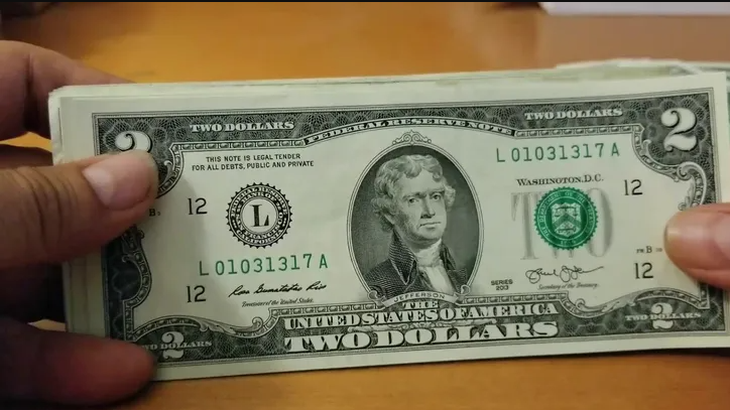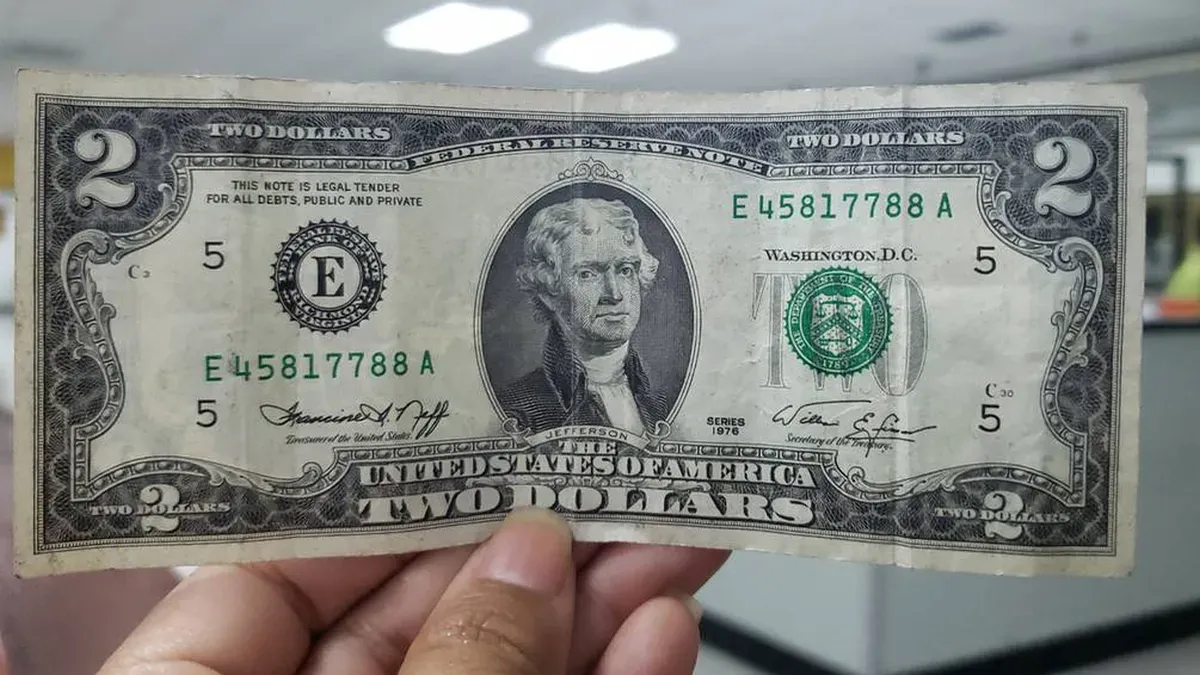There is a dollar bill for which collectors can pay $4,500 for a curious feature.
In the world of collectors, some coins and bills that are in circulation can sell for thousands of dollars. There’s a dollar bill that collectors crave and can pay 4,500 dollars to have a particular detail.
The content you want to access is exclusive to subscribers.
This is the case of some 2 dollar bills, which can reach values of up to $4,500 or more, according to the US Currency Auctions (USCA) website. Although most $2 bills in circulation have face value, that is, they are worth exactly two dollars, there are notable exceptions.

These currencies originating from the United States can acquire a high value in the collectible market due to several distinctive factors. These include the rarity of the note, the series and serial number, significant printing errors, the condition of the note, and whether they were signed by prominent treasurers during relevant historical periods.
2 dollar bill.png

What is the $2 bill that sells for $4,500 like?
The 2 dollar bill was first printed in 1862, has the portrait of Alexander Hamilton and is now listed for an attractive sum of 4,500 dollars, that is, for a sum of around more than 16,000 Argentine pesos. This currency managed to be valued over time as it was a valuable banknote for collectors. Later, in 1869, it would be changed to the face of Thomas Jefferson.
It is important to note that the 2 dollar bills minted and printed before 1976 tend to have a higher value at its nominal price on the collectors market.
The age of these bills, along with their history and unique characteristics, make them objects of interest for collectors. Factors such as series, serial number, condition and any printing errors can significantly influence your final valuation.
What is numismatics
Numismatics is the collecting of coins and other objects such as banknotes, securities and medals. It covers the study of currency and payment and provides knowledge about the economic, commercial and political history of human beings.
Originally, it was born as a discipline and hobby in the 19th century related to epigraphy, paleography, semiology and art. That is why it is also considered an auxiliary science of archeology and history.
Source: Ambito




